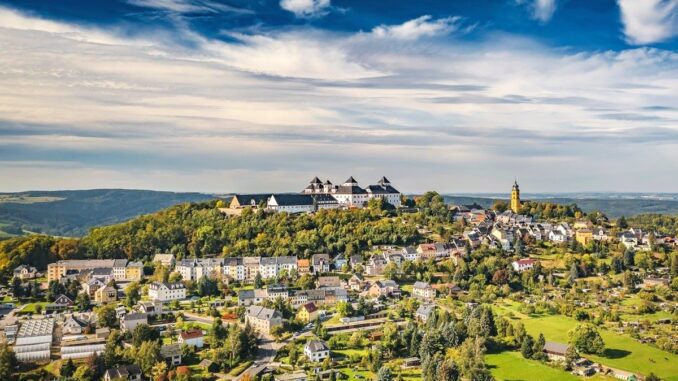
Tourism should surely come easy when you have a 300 metre multicoloured beanpole chimney and a massive statue of communist Karl Marx in your city.
These fantastically quirky pieces of art are just why people should visit next year’s European Capital of Culture, Chemnitz in the Saxony region of Eastern Germany.
At the foot of the Ore mountains and shadowed by the beauty of neighbouring Dresden and Leipzig, Chemnitz is often overlooked as a typical industrial city.
But Chemnitz was behind the industrial revolution of Germany and with its wide streets, tall and often stunning architecture, plus visibly proud locals, it’s a city full of energy just waiting to be discovered.
Nicknamed Saxon Manchester, the Northern city it has been twinned with since 1983, Chemnitz is welcoming and fascinating in equal parts.
It’s got it all, from art to architecture and with a friendly feel to it too. And with excellent train links via Deutsche Bahn, from Berlin and Leipzig, it’s relatively easy to reach.
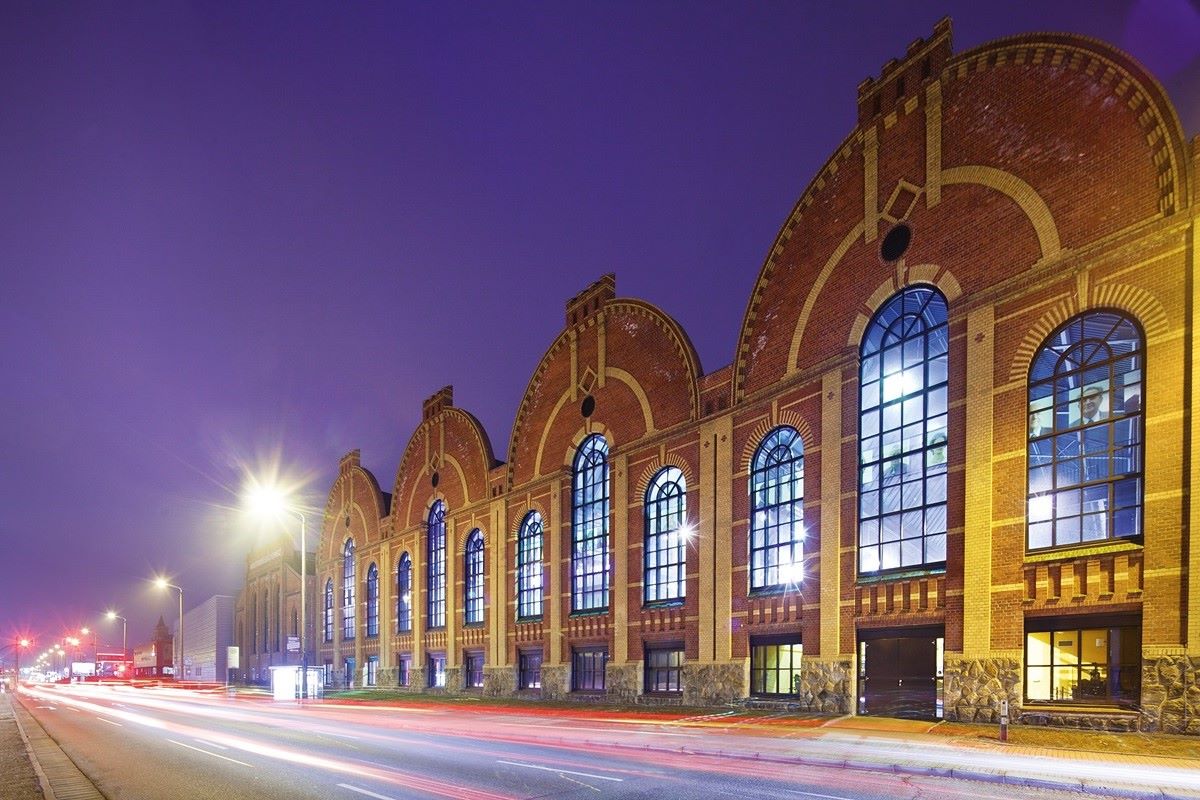
One of Germany’s fastest growing cities with automobiles and information technology as well as mechanical and plant engineering at the forefront of industries, Chemnitz’s past is intriguing. The thermos flask and the first mild detergent were invented here, and it was at the hub of the textile world.
Today the beautiful buildings which housed the cotton machines have been restored and turned into cultural attractions, with Saxony Museum of Industry taking you through the 220 years of local history, with displays on mining, textiles and the world of mechanics and cars.
Walking round is easy in this compact city and the two main landmarks are a great way to stay on track. The rainbow HKW Chemnitz Nord chimney is part of a power station and was given its colours by French painter Daniel Buren. Known as Lulatsch or the beanpole, it glows in the night and is a great icon, only beaten by the fabulously life like statute of Karl Marx’s head.
Weighing more than 40 tonnes and 7 metres tall, the bronze statue nicknamed Nischel, meaning head or skull, the sculpture was made in 1953 to coincide with Chemnitz being renamed Karl-Marx-Stadt on the instructions of the German Democratic Republic’s ruling party, Socialist Unity because of the city’s links to industry and work for decades. It reverted back to Chemnitz in 1990 during reunification of the country.
Today along with the chimney, it is probably the most photographed monument and behind it, stands a wall of text declaring “Workers of the World Unite” in German, English, French and Russian. Locals who were never consulted on the city name change, now feature the sculpture to their advantage, with its image used for advertising and souvenirs.
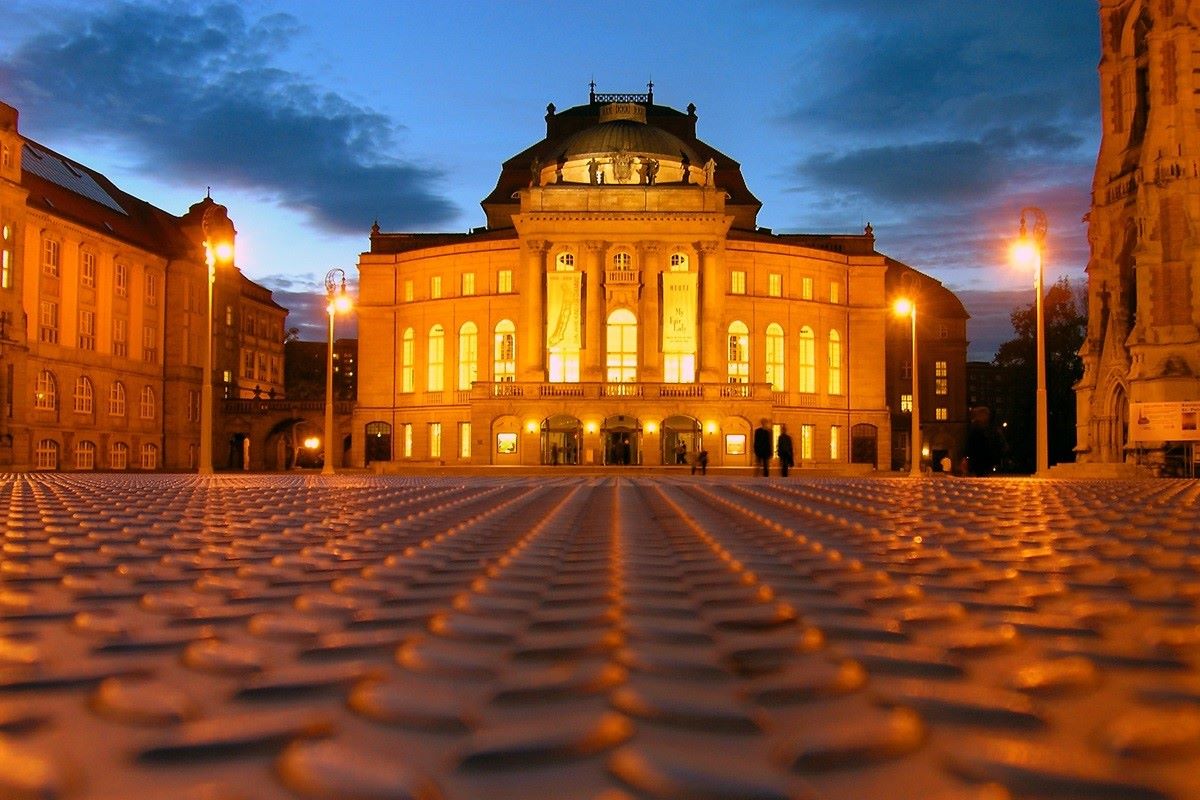
Another famous local is Guido Günther, who drove his parents mad in the 1990s with graffiti art across the city.
Now he is one of the region’s most sought after artists and in 2019 created a mural trial in the Brühl district through his Rebel Art network and today he runs workshops for budding artists.
There is a large collection of art by such greats as local painter Karl Schmidt-Rottuff and romantic era icon Caspar David Friedrich, currently celebrating his 250th birthday, at the König-Albert-Museum in the Theaterplatz, also home to the city’s beautiful opera house and four star Hotel an der Opera. Close by is the Congress Hotel, where a ride up to the 26 floor gives fabulous views.
Worth a visit are the archaeology museum housed in the historic former Schocken department store, dubbed the UFO, when it was built in the 1930 between its Wilheminian style neighbours and the art nouveau Villa Esche, housing works by Belgian painter Henry Van De Velde.
Just strolling around the streets gives an insight into the way the architecture has changed over the years, with the city centre having undergone massive change since 1990, where it was once grey concrete, new styles have been created to illustrate Chemnitz’s history from growth and prosperity during the Gründerzeit era at the turn of the 20th century, the move towards modernity, destruction in the World War II, to the GDR period and the energy which came with reunification.
A lovely place is the Stadtbad Chemnitz public swimming baths, designed in the new building style in 1925 with a 50 metre pool, which at the time was one of the largest and most modern in Europe.
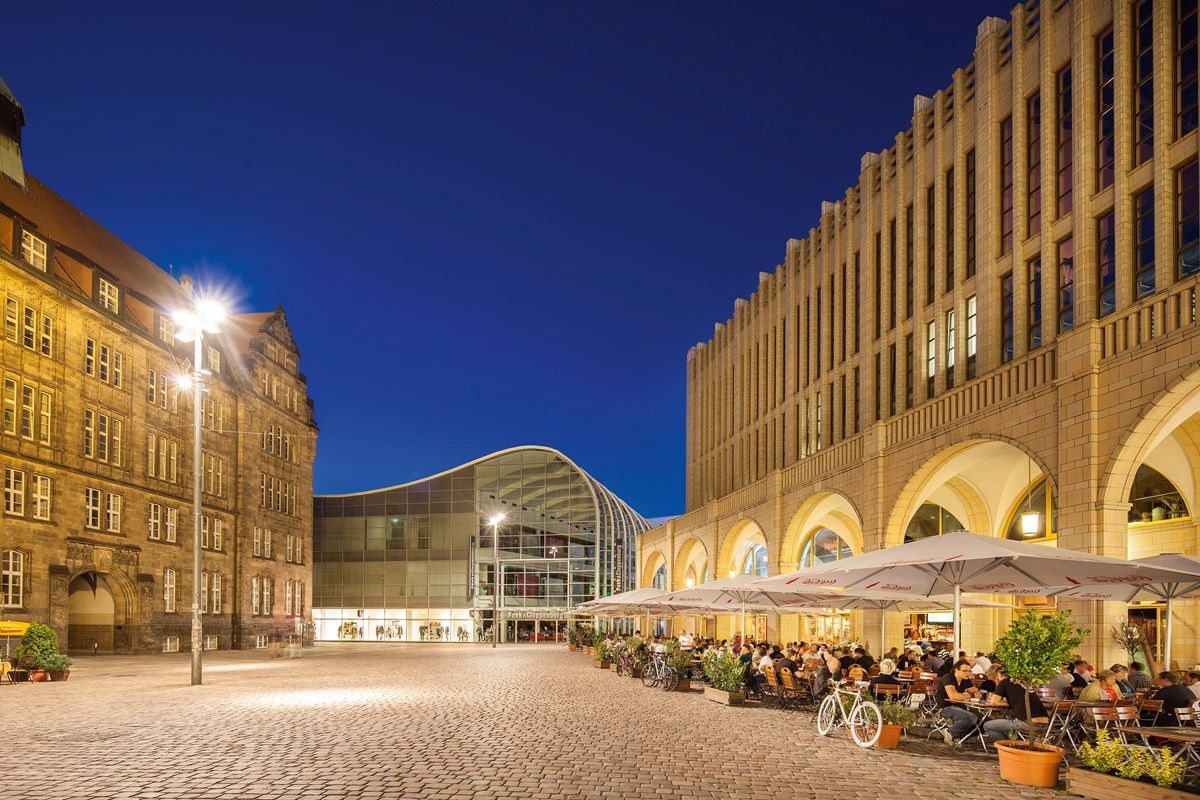
The outdoors and culture play a big part of the Saxony region and a short journey out of Chemnitz will take you through some wonderful scenery and plenty of castles including Schloss Waldenburg, one of the last of its kind in the Wilheminian period, which was used as a specialist hospital until 1988, when it was renovated back to its original style.
Close by is 12th century’s Castle Rochsburg which stands proudly high on a rock spur in Lunzenau and a little further the down the road is the impressive Rochlitz Castle, with stunning views of the area.
To celebrate the European Capital of Culture, a whole programme of events have been organised to allow visitors not only to enjoy Chemnitz, but the surrounding area and one of the most impressive is the Purple Path project which will connect the city with 38 cities and towns through art depicting the mining of silver, tin, cobalt, iron, kaolin and uranium, which over 850 years, shaped Saxony.
The official opening is on 18th January 2025 when Chemnitz intends to hold a huge street party, following in the footsteps of its famous “son” in uniting tourists from the world to enjoy this fun city!
Fact Box:
Getting there: Low cost airlines are available from the UK to Berlin and Leipzig, with the follow on journey to Chemnitz via Deutsche Bahn. For UK parking, airport lounges and connections, www.holidayextras.com have the expertise to help.
Accommodation: From the comfortable and central Super 8 by Wyndham to the elegant Hotel an der Oper.
Tourist information: For more information on 2025 celebrations, please visit: www.chemnitz2025.de and for general tips on Germany, please visit: www.germany.travel.
Author Bio:
Rebecca Hay is an experienced travel writer and member of The British Guild of Travel Writers. Follow her adventures with her family on Twitter and Instagram @emojiadventurer and on Facebook via EmojiAdventurers2.


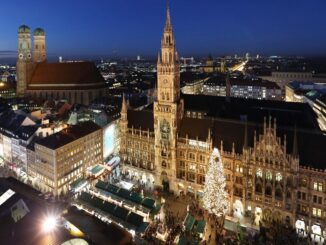
Be the first to comment